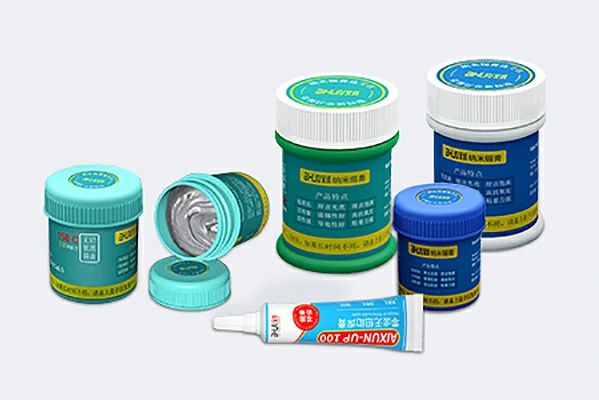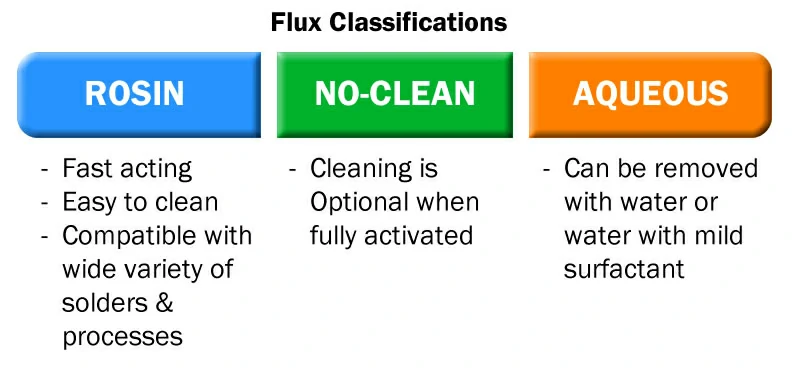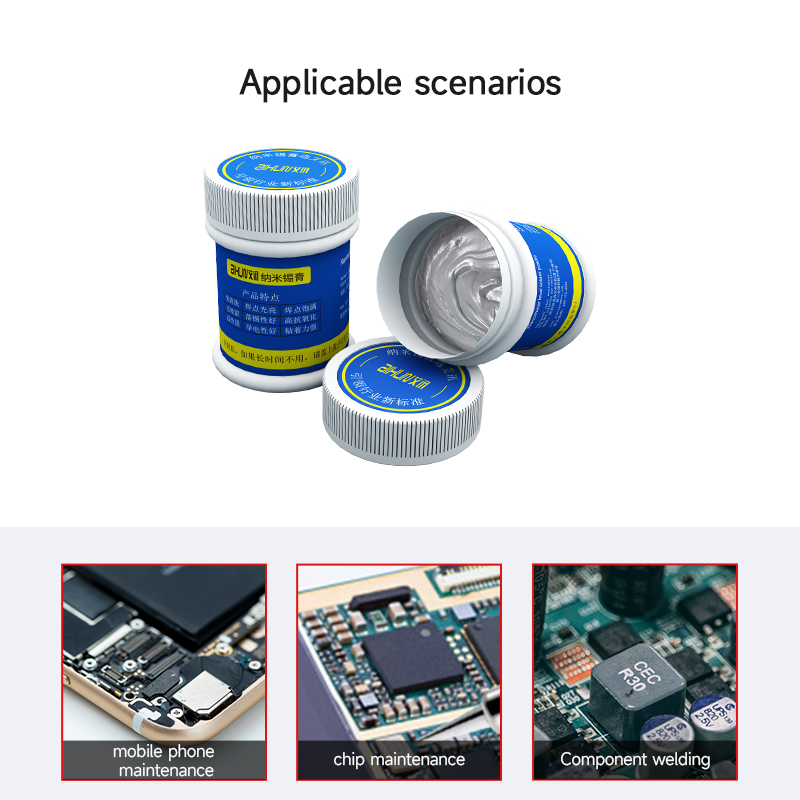
Soldering is a fundamental process in electronics, used to join components and create reliable electrical connections. One essential component of successful soldering is soldering flux. In this article, we will explore the purpose and significance of soldering flux, shedding light on its role in ensuring high-quality solder joints and reliable electronic assemblies. Let’s understanding the Crucial Role of Soldering Flux in Electronics.

Soldering flux is a chemical compound used in soldering processes to facilitate the joining of metals by reducing surface oxidation and promoting solder wetting and flow. It is applied to the surfaces being soldered before the solder is melted, improving the quality and reliability of the solder joint.
Here are some common classifications of soldering flux:
1. Rosin Flux
2. No-Clean Flux
3. Aqueous Flux

Oxidation Prevention: One of the primary purposes of soldering flux is to prevent oxidation during the soldering process. Oxidation occurs when metals are exposed to air and results in the formation of oxides on the surface. These oxides can hinder proper solder wetting, leading to weak or incomplete solder joints. Soldering flux removes these oxides, ensuring a clean surface for soldering and promoting better adhesion.
Solder Wetting and Flow: Soldering flux improves the wetting action of the solder, allowing it to spread evenly and make strong bonds with the metal surfaces being soldered. It reduces the surface tension of the molten solder, enabling it to flow and cover the joint properly. This results in robust and reliable connections, minimizing the risk of solder bridges, voids, or insufficient solder coverage.
Removal of Contaminants: Soldering flux assists in removing contaminants such as dirt, grease, and residues that may be present on the surfaces being soldered. These contaminants can hinder the soldering process and compromise the integrity of the solder joint. Flux acts as a cleaning agent, dissolving and removing these impurities, thereby enhancing the quality of the solder joint.
Heat Transfer and Thermal Management: Soldering flux aids in the efficient transfer of heat during the soldering process. By improving thermal conductivity, flux allows the heat to be evenly distributed, reducing the risk of localized overheating that could damage sensitive components or nearby materials. Effective heat transfer ensures proper solder reflow and promotes reliable connections.
Corrosion Prevention: Soldering flux, particularly rosin-based flux, leaves a protective residue on the solder joint after soldering. This residue acts as a barrier, preventing the soldered joint from environmental factors, moisture, and corrosion. This is especially important in applications where long-term reliability and resistance to harsh conditions are required.

For more information on the all types of fluxes and electronic assemblies, check out AiXun website or contact your AiXun application specialist at info@aixuntech.com .
 WhatsApp
WhatsApp